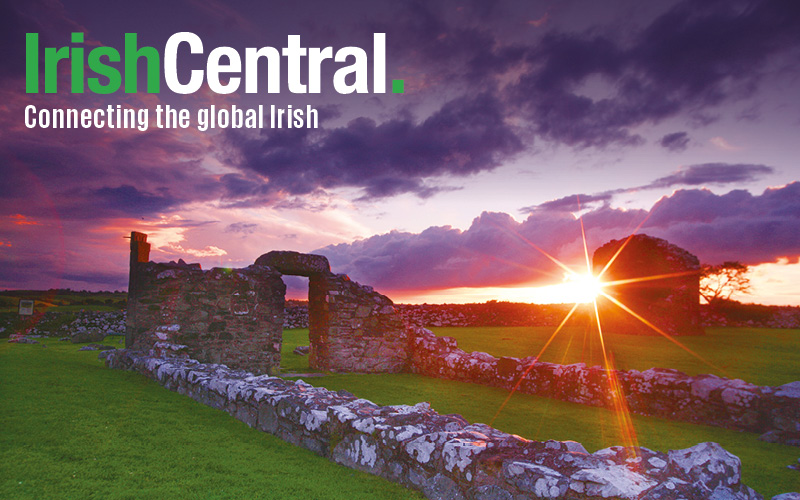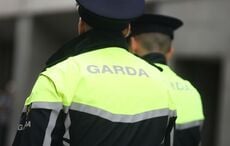An Irish politician has called what happened with the deaths of 800 children at a religious-run unmarried mothers home in Tuam in Galway between 1925 and 1961 “manslaughter.”
Hildegarde Naughton, a Fine Gael Senator from Galway, claimed in the Irish Senate that what had occurred at the mothers and babies home was in fact criminal.
The shocking revelation that 796 babies died and were buried in an unmarked grave in a septic tank in the mother and baby home in Tuam, County Galway continues to reverberate.
Calls for a full historical inquiry have now reached the higher echelons of the church.
Archbishop of Tuam Michael Neary said the order of the Bon Secours sisters needed to address the issue, stating the archdiocese had nothing to do with the home when it was open.
“There exists a clear moral imperative on the Bon Secours Sisters in this case to act upon their responsibilities in the interest of the common good,” Dr Neary said.
Since the story first broke two weeks ago, the pressure to hold a full historical inquiry into the deaths of almost 800 children has been growing daily.
Children’s Minister Charlie Flanagan stated “active consideration" was needed as to "the best means of addressing the harrowing details emerging regarding the burial arrangements for children who died many years ago in mother and baby homes.
“Many of the revelations are deeply disturbing and a shocking reminder of a darker past in Ireland when our children were not cherished as they should have been."
Reactions from other government and opposition ministers have ranged from muted to incandescent. Minister of State Ciaran Cannon, who represents Galway East, has called for a full inquiry into the multiple deaths in the home, as well as into the remains discovered in the unmarked plot.
Tuam-based Fianna Fail member Colm Keaveney said Irish Prime Minister Enda Kenny should now take a leadership role regarding the issue and should order an interdepartmental investigation.
“The issues around the horrendous disposal of bodies in unmarked locations raises questions about the role of the State and service providers,” Keaveney said. Keaveney’s request for a parliamentary debate on the issue was denied this week.
Meanwhile, new evidence has come to light this week regarding The Home, the former Bon Secours Sisters-run institution where 796 infants and children died and were apparently buried in an unmarked area that had housed a septic tank.
According to Irish journalist and broadcaster Philip Boucher-Hayes, the circumstantial evidence compiled to date already makes a strong case for a police or state investigation.
Boucher-Hayes first lists the eye witness account of Tuam native Frannie Hopkins, who with his friend Barry Sweeney, first uncovered the Home babies' grave in 1975.
Hopkins' claims are supported by other eyewitnesses, he says, proving there are bodies at the site, although how many and who they are has to be fully established.
Next, the death certificates from the Galway registrar's office conclusively demonstrate that 796 babies died at The Home, in a list that has been created and confirmed by an official government source.
None of the 796 babies' names appear on the burial list of any local cemetery, so they are either presumed buried at The Home or they vanished, Boucher-Hayes says.
“There is every reason to believe up to 800 bodies were in the literal sense of the word unceremoniously discarded there,” he adds.
The local Gardai, the Irish police force, have “set their faces against an investigation without apparently considering any of this evidence…” he continues, citing a letter from them that states, “there is no suggestion of any impropriety and there is no Garda investigation.”
Meanwhile, critics have blasted what they call the government and the country’s main media outlets marked hesitation to address the story that has shocked the world. The story ran on international outlets like The Washington Post, Andrew Sullivan and Al Jazeera and BuzzFeed before it made headlines in Ireland itself, they insist.
That hesitation has lifted, however. Yesterday Sinn Fein deputy leader Mary Lou McDonald called for a full public inquiry by the government that must not focus exclusively on the home in Galway, she said.
McDonald claimed that similar graves could exist at “dozens” of mother and baby homes across the country. “As shocking as Tuam has been – and it is very, very harrowing – it’s not an isolated incident at all.
“There are mass graves dotted around the country. We don’t have the option of looking the other way. We need to confront this legacy issue for the sake of the children, but also for the sake of the mothers that have suffered, and for the sake of many, many children who were adopted, some of them illegally, from these institutions.”
Watch an interview with historian Catherine Corless, whose research revealed the truth of the 796 deaths:




Comments